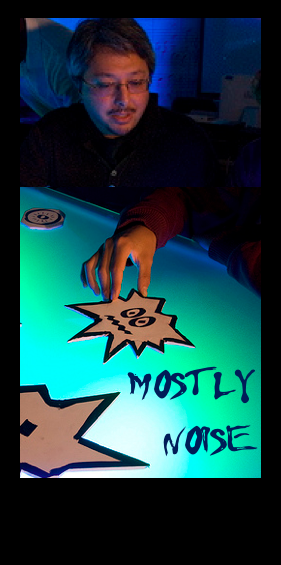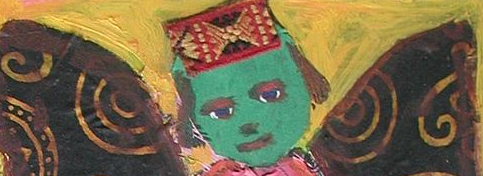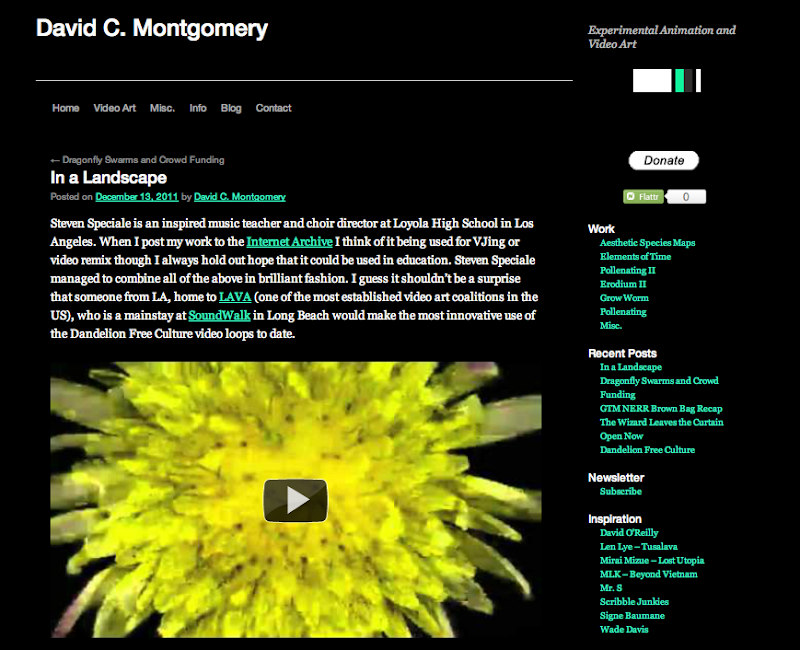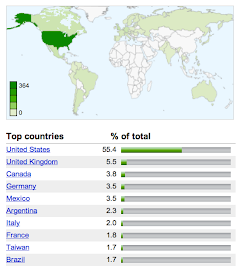November 22, 2011

On November 16th, 2011 Google released Google Music from beta. One of the most intriguing functions of Google Music, and the prime differentiator between it and the many competitors, is the introduction of the Artist Hub. Turning an online music retailer into the musical analog to YouTube is a brilliant opportunity for the independent artist.
Google offers a 70/30 revenue sharing to the artist as well as social integration with Google+ and YouTube. In my experience, this is the best deal out there. While one might not have the marketing support of a label, a media-savvy musician has the opportunity to promote and sell music minus the middleman.
I set up an account to see how it all works.
Logging into the Hub with my Google credentials, I paid a one time $25 setup fee. Google led me to pages where I created my profile, uploaded a picture, filled out tax forms and connected my bank account, and uploaded material for sale.
The setup process was familiar, easy to understand, and quick. I am having an issue with my photo appearing upside-down, but this is a minor annoyance. My new hub was delayed for two days or so while Google verified me. After verification, my Artist Page appeared in the Android Marketplace. It was a thrill to see my page in the Android Market!
I uploaded a choral piece I arranged and conducted into a test album. It appears that I can have unlimited albums and tracks for sale. Via dropdown menus, I have control of sharing-previews: from 90-seconds long to tracks in their entirety, and control over how many shared plays someone might enjoy. I set my preferences to unlimited plays.
There are also menus to set prices for the tracks or albums. I selected free. I wish there was a “pay-what-you-want” choice a la Radiohead’s “In Rainbows” or Bandcamp’s model. Perhaps this will be a future feature? After a day delay, my album with one track appeared on my Artist Hub Page. I “bought” a copy. After downloading, I was offered the opportunity to share my purchase via Google+, Twitter, or +1ing it.
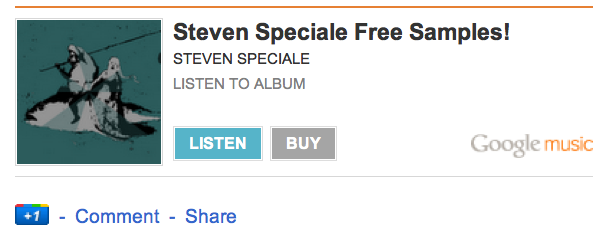
Sharing purchases on Google+
I shared my purchase on Google+. The album art and title appear in a neat package. I do wish it had the flash of Soundcloud with the embedded player and waveform. I also have not yet determined how I might share music as the creator without “buying” it first.
So far, I am impressed with the capabilities of the service. I wish the ability to upload and share were a little faster and more frictionless. When I post to Soundcloud, I can share within seconds. Nevertheless, I am hopeful that this platform will accelerate the ability for artists to become more self-sufficient thus promoting a more secure place for creators in our society.

